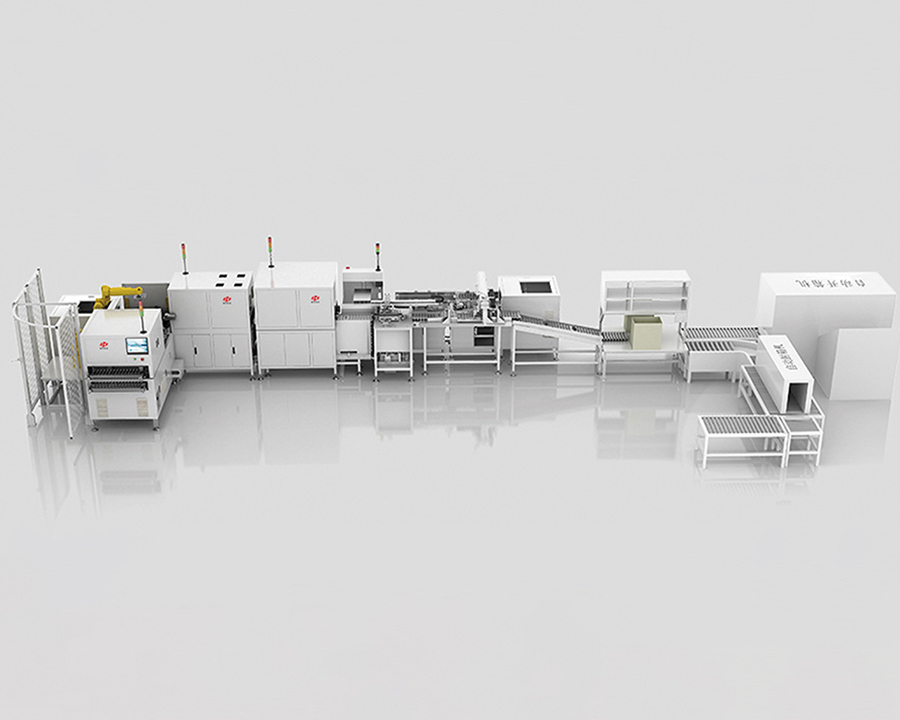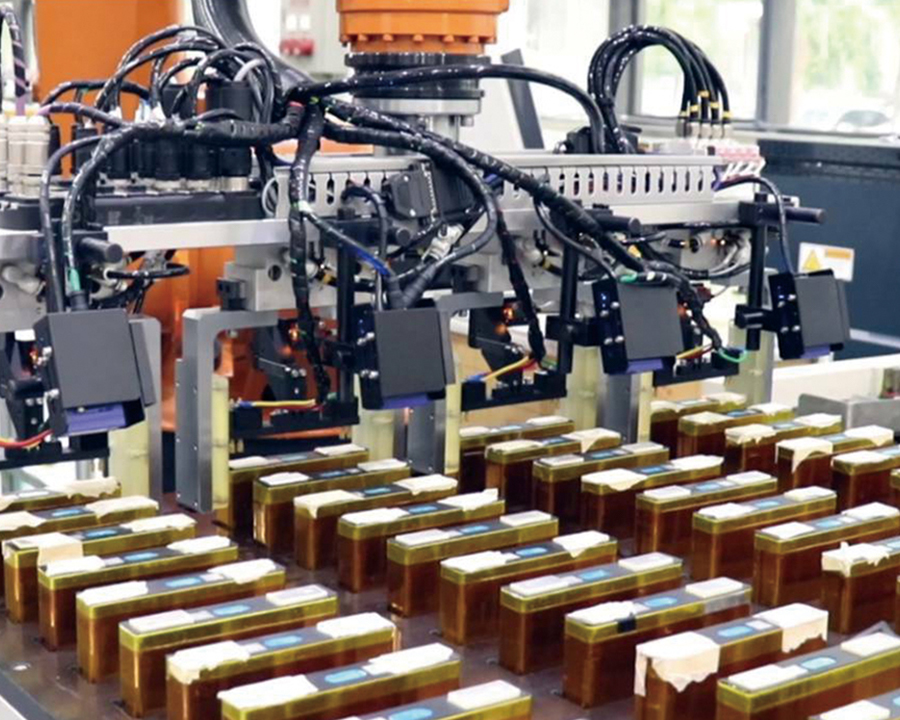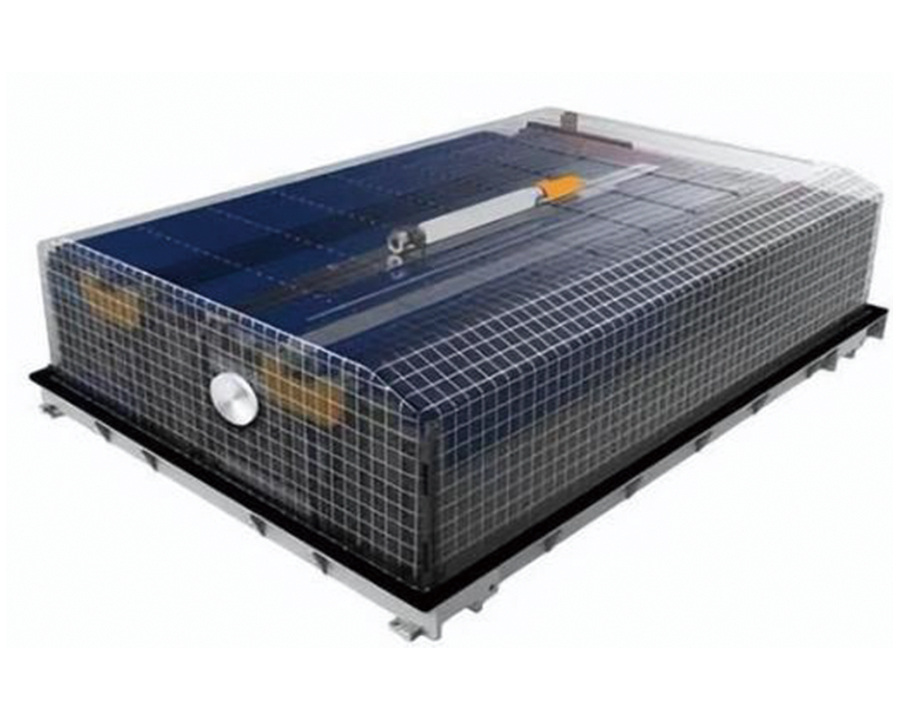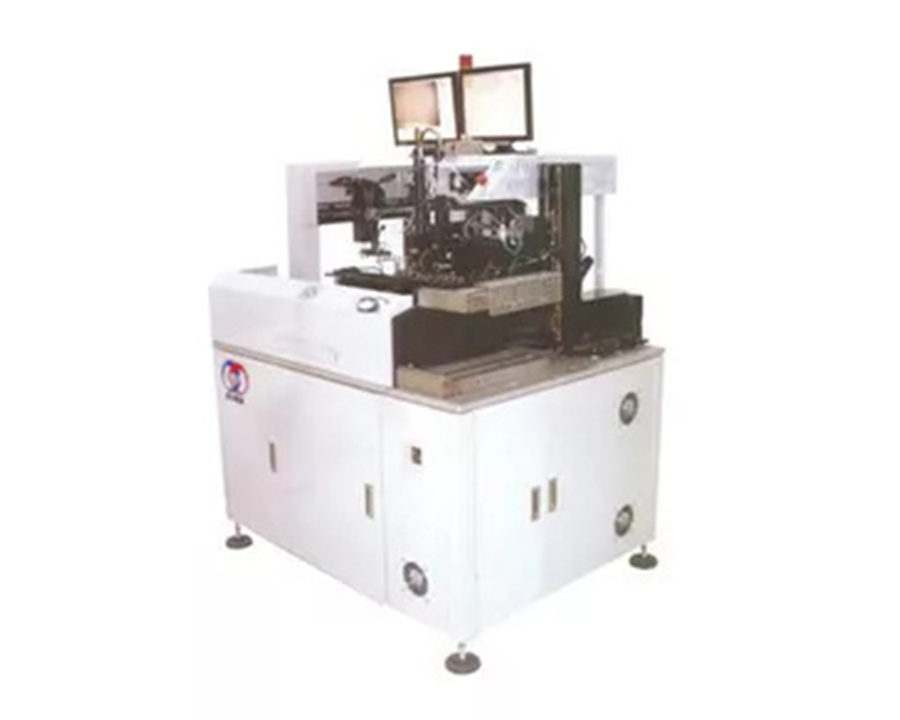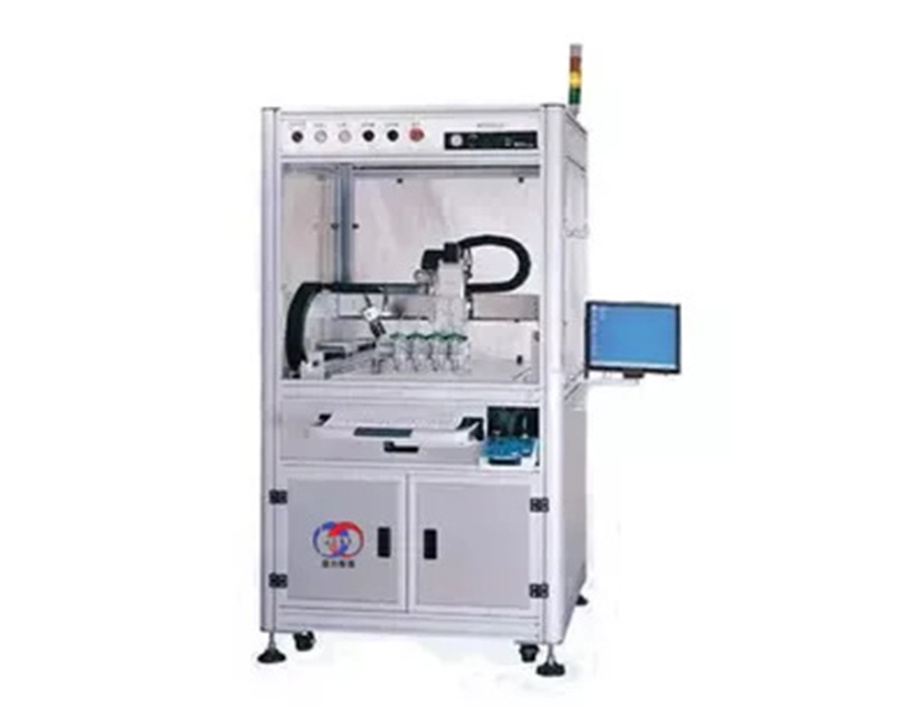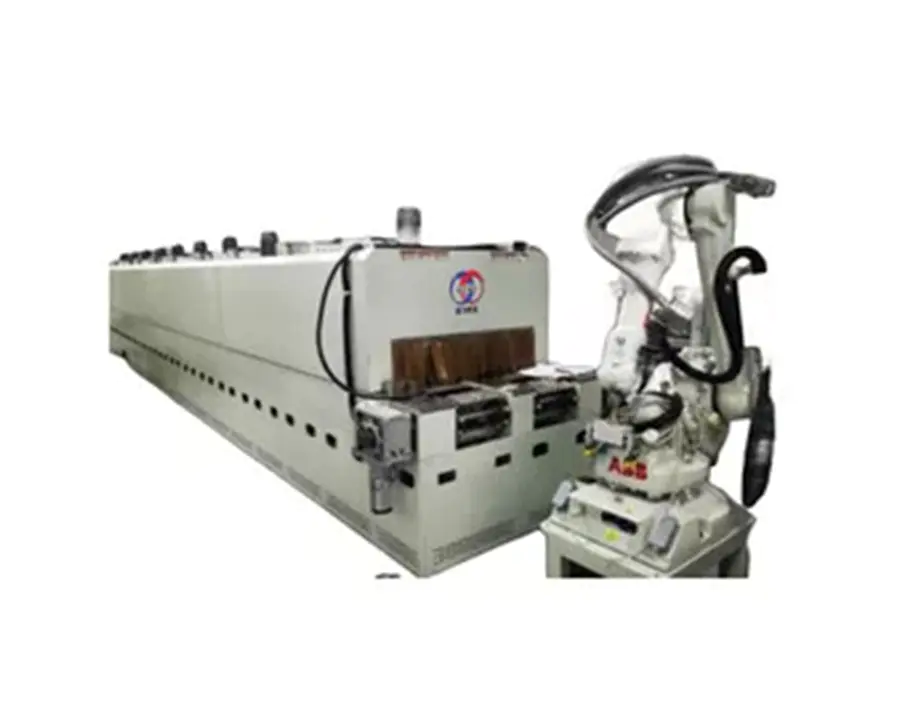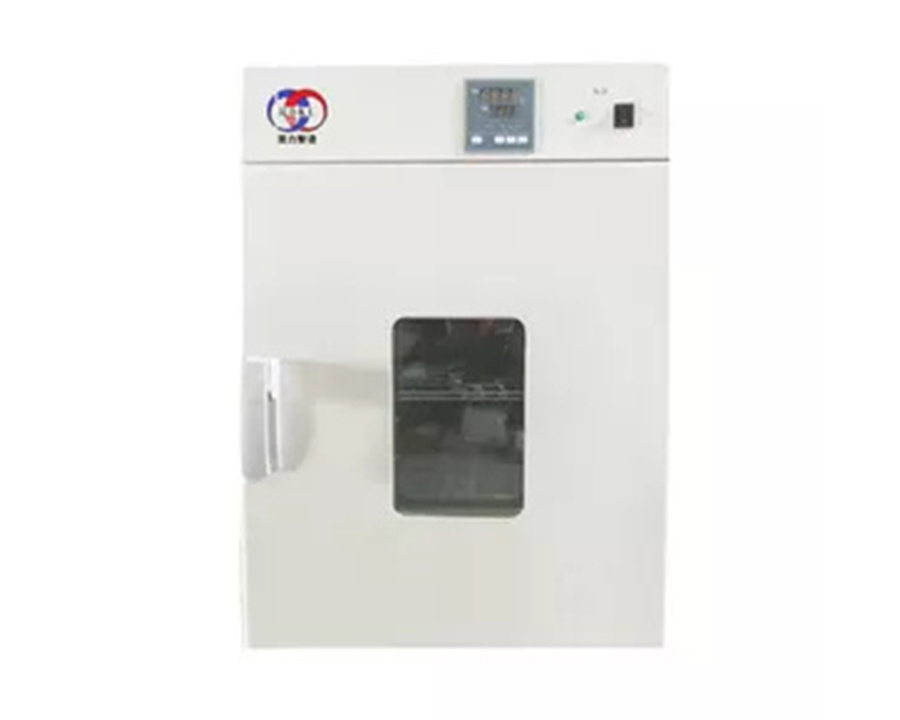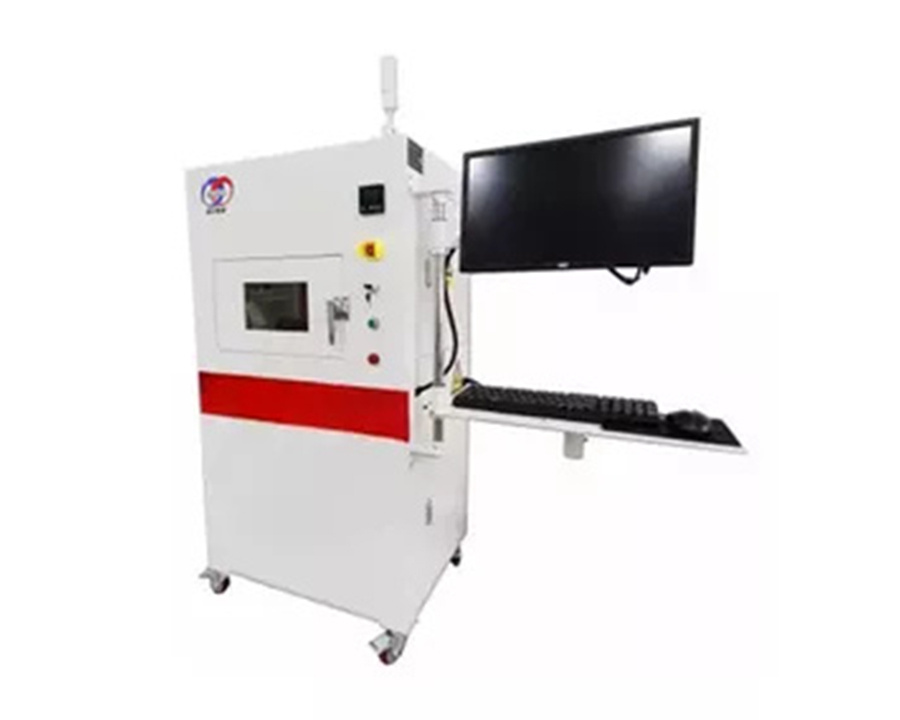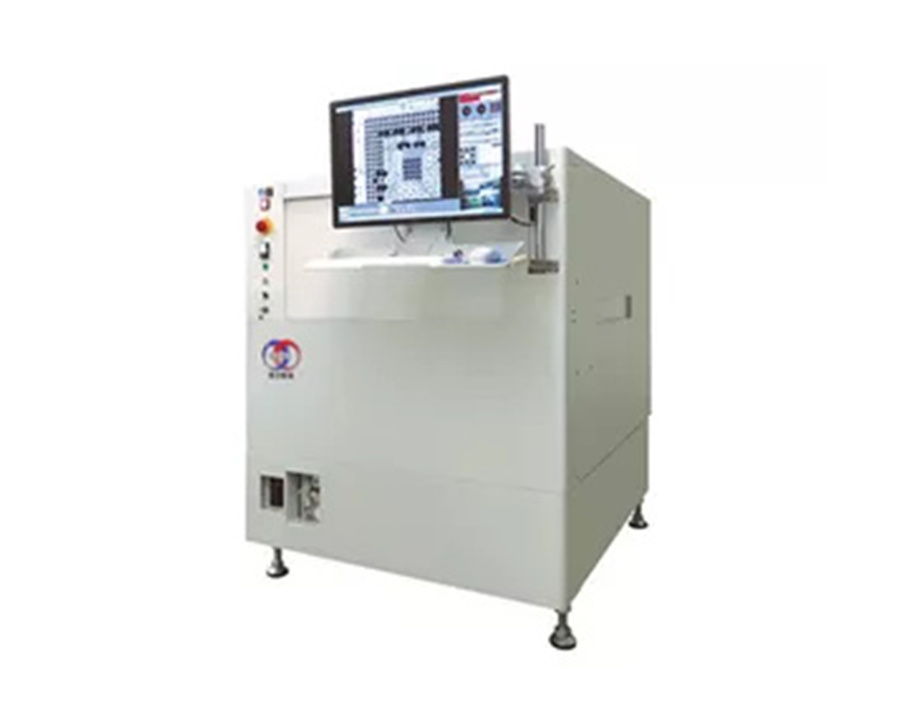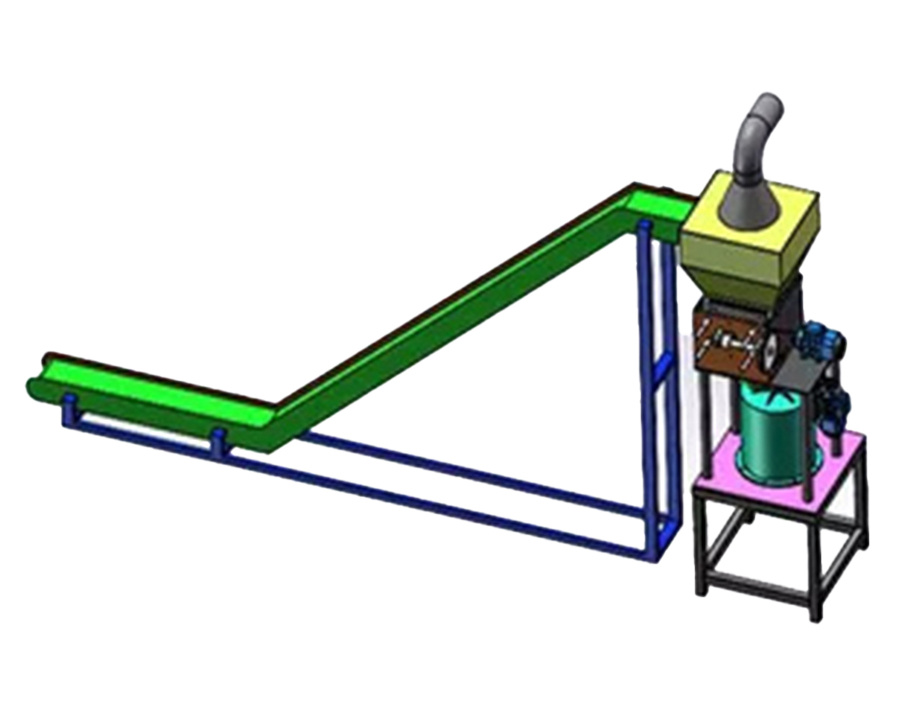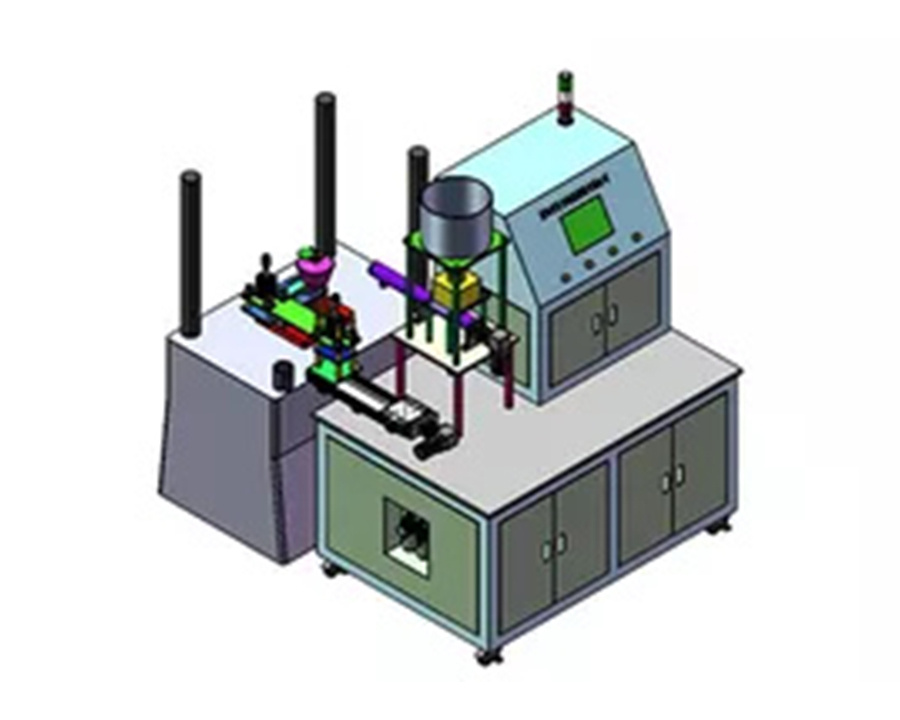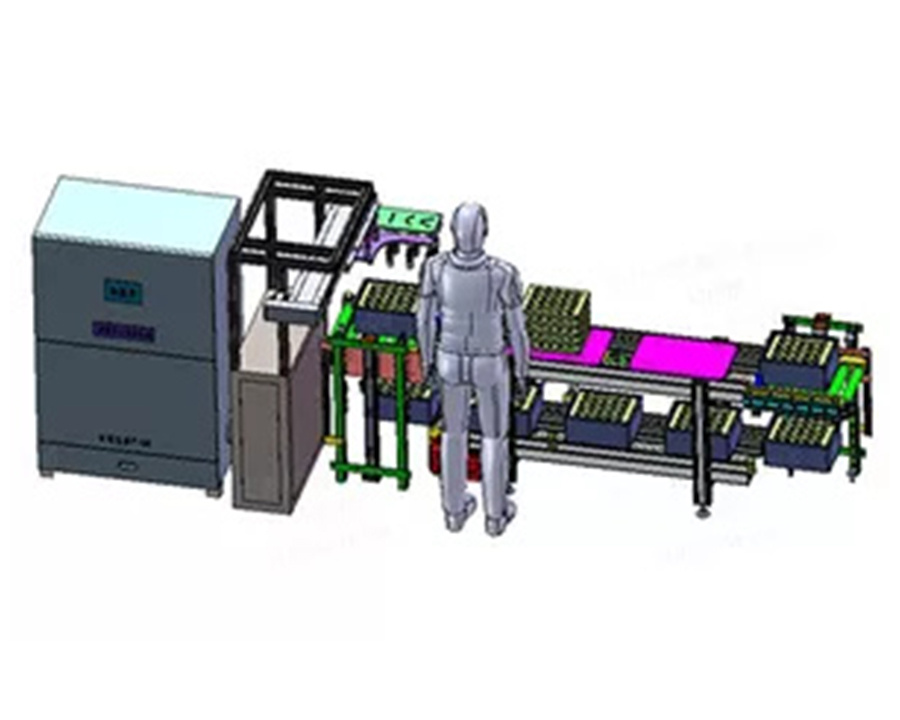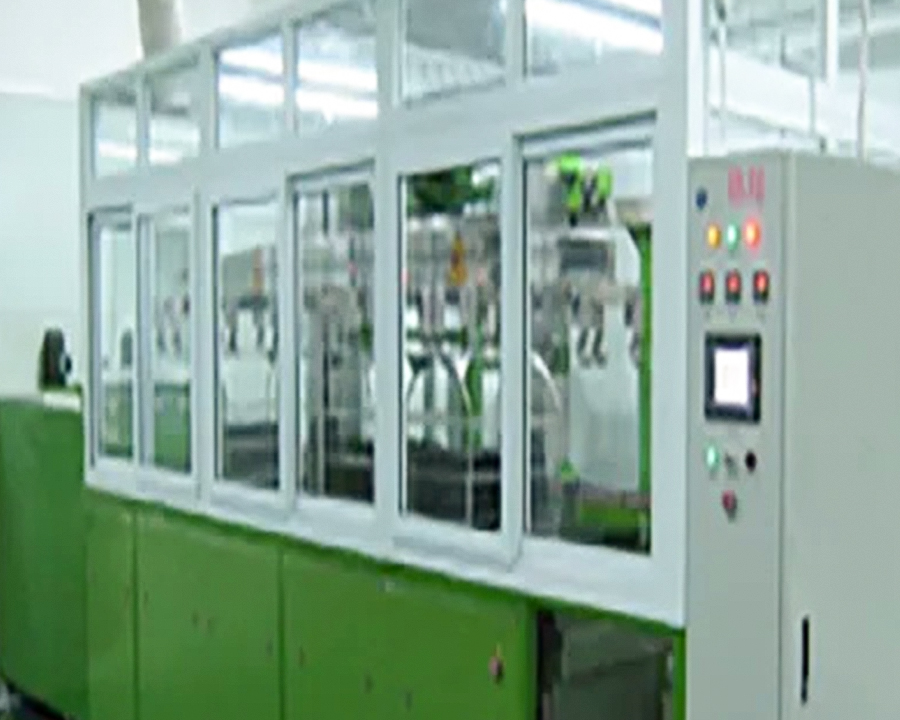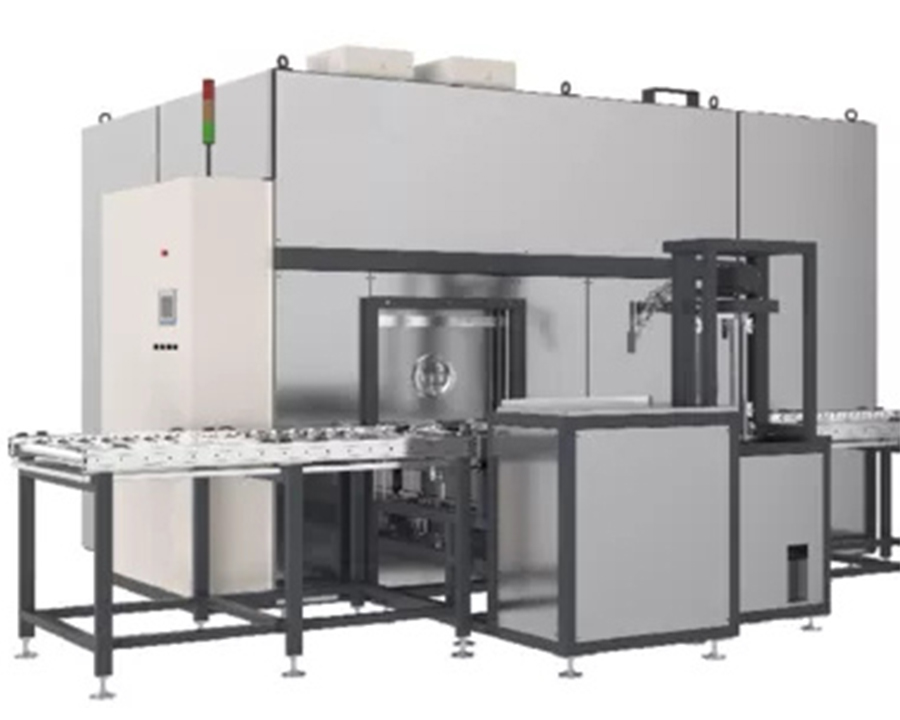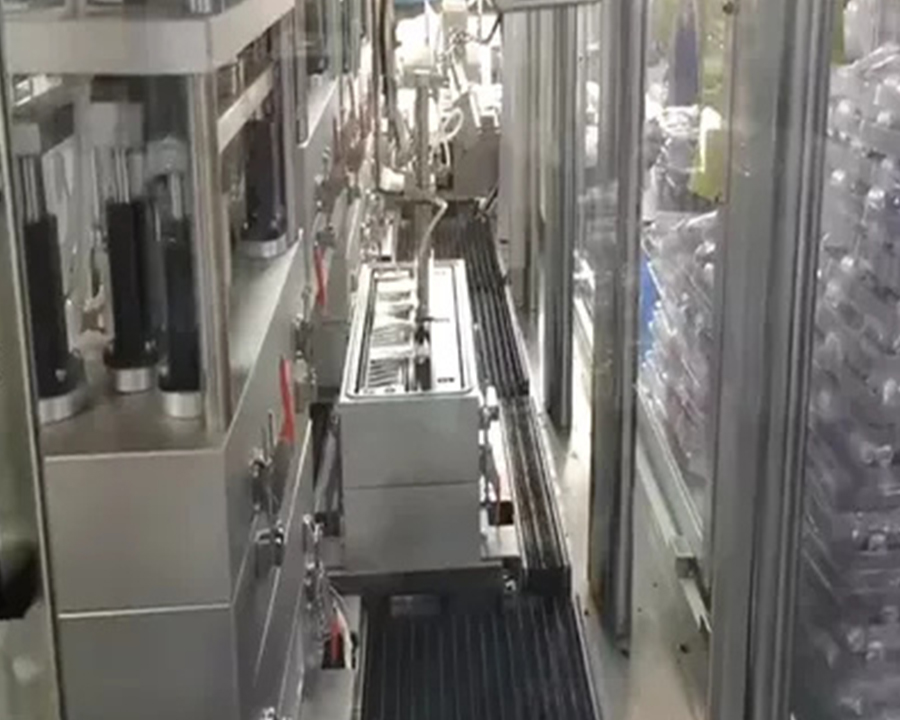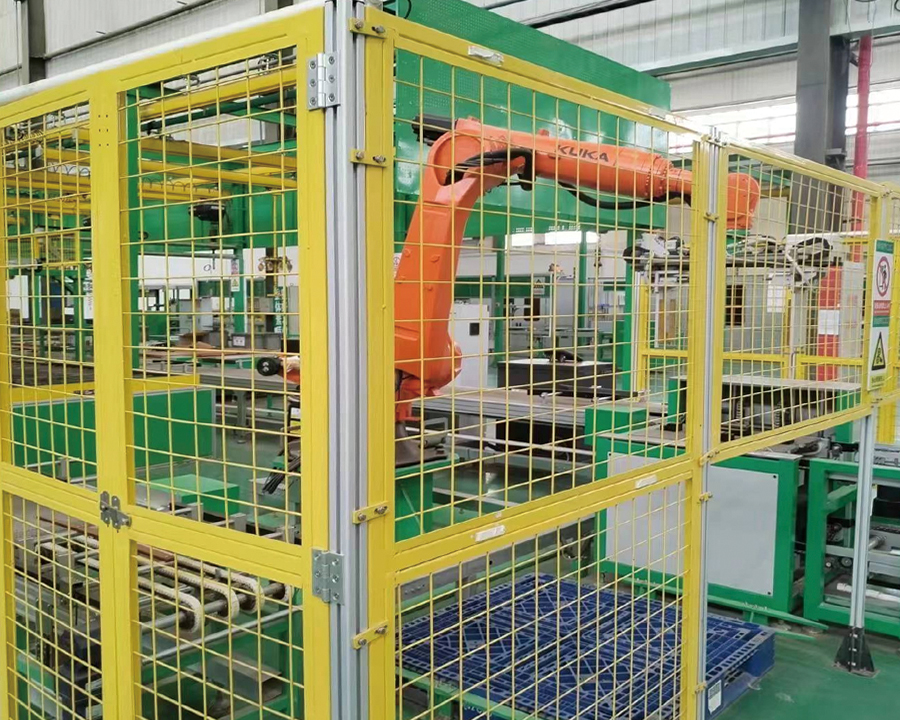From manual to intelligent: How do automatic flag-making machines reshape the future of the flag production industry?
At large-scale events, those fluttering flags are not only the visual focus, but also the carrier of culture and spirit. However, few people know that behind these seemingly simple flags, there is a production world that is undergoing intelligent transformation. The emergence of automatic flag-making machines is redefining the standards of flag production with the advantages of "millimeter-level precision" and "hundred times efficiency". From the flag formations of all nations at the opening ceremony of the Olympic Games to the commercial flags on the streets, automatic flag-making machines are using the power of technology to make every flag a microcosm of industrial aesthetics.
1. Breaking through tradition: the technical core of automatic flag-making machines and solving industry pain points
Traditional flag production has long been constrained by three major pain points: insufficient pattern accuracy, low batch production efficiency, and high material loss rate. Hand-sewn flags often have problems such as crooked stitches and misaligned patterns, and semi-automatic equipment is difficult to take into account the needs of complex patterns and large-format production. The birth of automatic flag-making machines is to solve these problems with the "full process automation" thinking.
Its core technology is reflected in three aspects: first, the intelligent pattern recognition system, through the combination of high-definition cameras and AI algorithms, can automatically calibrate the pattern position to ensure that even fine lines of 0.1mm can be accurately restored, which is crucial for flags such as national flags and corporate logos that require extremely high precision; second, the multi-axis linkage cutting technology, the cutting device equipped with a servo motor can complete complex contour cutting at a frequency of 300 times per second, and cooperate with the automatic feeding system to achieve seamless connection from fabric input to finished product output; finally, the adaptive material processing module, whether it is heavy Oxford cloth or light polyester pongee, the equipment can automatically adjust the tension and cutting force, reducing the material loss rate from 15% of traditional processes to less than 3%.

2. Efficiency and quality double improvement: the production data revolution of automatic flag making machine
The balance between efficiency and quality was once a "dilemma" in the flag production industry, and the automatic flag making machine broke this dilemma with real data. Taking the mainstream industrial automatic flag-making machine as an example, a single device can produce 30-50 standard-sized flags (1.2m×0.8m) per hour, which is 50-80 times the efficiency of traditional manual production; in terms of pattern accuracy, the model using laser engraving and digital printing composite technology can achieve a printing resolution of 1200dpi, and even complex elements such as gradient colors and subtle text can present a delicate texture comparable to that of works of art.
What is more worthy of attention is its flexible production capacity. When traditional equipment changes the size or pattern of the flag, it needs to stop and adjust the mechanical parameters, which often takes more than 1 hour. Modern automatic flag-making machines can store more than 1,000 sets of production plans through the "parameter memory function". When changing orders, you only need to select the corresponding parameters on the touch screen, and the switch can be completed within 3 minutes. This "small batch, multiple varieties" production advantage perfectly adapts to the current market trend of surging demand for personalized customization - whether it is a customized flag for a corporate annual meeting or a celebrity peripheral for fans to support, it can be mass-produced in a low-cost and high-efficiency manner.
3. Unlimited extension of scenarios: industry penetration and innovative application of automatic flag-making machines
The application of automatic flag-making machines has long surpassed the traditional scope of "making flags" and has shown cross-border potential in many fields. In the field of outdoor advertising, models equipped with UV curing technology can directly print patterns on materials such as PVC and acrylic to produce outdoor signs with both flag functions and durability; in events, high-speed automatic flag-making machines can achieve "instant production", such as marathon events, which can complete the production of commemorative flags with personal information at the moment when the runners cross the finish line; even in the field of artistic creation, artists have begun to use the precision of automatic flag-making machines to transform complex paintings into large-scale flag installations.
The application in the military field highlights its technical rigor. The automatic flag-making machine customized by a military enterprise must meet special requirements such as "normal operation under -40℃ to 70℃ environment" and "anti-electromagnetic interference". The military flags produced must not only pass 1,000 wind and rain tests without damage, but also ensure that the patterns do not fade in extreme environments. This extension of "military-grade standards" is driving the continuous upgrading of the quality of civilian automatic flag-making machines.

From the "one stitch at a time" of manual work to the "one-click generation" of the intelligent era, the evolution of automatic flag-making machines is a microcosm of the transformation of the manufacturing industry to "high precision, high efficiency, and high flexibility". When technology collides with traditional craftsmanship, each flag is no longer just a piece of cloth with a pattern printed on it, but a crystallization of industrial wisdom. When it flutters in the wind, it also tells the story of an industry embracing change.

 English
English русский
русский عربى
عربى
